Stanley Hayes formed the Hayes Track Appliance Company in 1903. In 1911, he moved the company from Geneva, NY to Richmond, Indiana where it still operates as part of the Western-Cullen-Hayes Corporation.
Mr. Hayes was an accomplished railroad professional and businessman, who had a keen interest in the natural world. He was concerned about the rapid development of the areas surrounding the city and the subsequent loss of natural habitat and old growth forest. Starting in 1915 he began purchasing large tracts of land east of the city, until he had 285 continuous acres, much of it covered in old growth timber. His interest in nature and preservation led to the development of the protected forest we enjoy today. In 1959, with the help of his son Brice Hayes, he established the Stanley W. Hayes Research Foundation Inc. to manage his estate, and in 1963, the Hayes Arboretum was opened to the public as a preserve for the enjoyment and education of future generations.
As is often the case, one seldom visits the hometown attractions. I had been to the Arboretum before, but it had been a long time ago. The first Tuesday in October was a beautiful autumn day with bright sun and mild temps. The type of day you wanted to be outside. I’d been thinking of going to the Arboretum to do research for my next book and this day seemed perfect.
One can tour the grounds by car for a small fee or on foot for free, so I chose one of the several hiking trails. They vary in length and none are that difficult to navigate. As a boy, I loved walking in the woods and still do, a memory this short hike brought home quickly.
Entering the trail head, one leaves the outside world behind. I’d forgotten just how peaceful the woods could be. Walking deeper, the sounds changed from the noise of the surrounding neighborhood to those of nature. I was serenaded by birdsong and life, both visible and hidden and I felt the physical tension leave my body, and replaced by a relaxation seldom known in my everyday activities.
My path on the Blue Trail took my through some of the oldest Beech and Maple forest in the region. With trees up to 450 years old, this portion of the Arboretum is reminiscent of what the first settlers to the area would have encountered. In the late 1990s it was estimated that less than 2000 acres of this caliber forest was left in Indiana.
A deep stillness filled the area. Light is precious in woods this dense, and the forest floor is surprisingly open. The tangle of blackberry thickets and invasive scrub growth like honeysuckle is largely absent here. Even with deadfall (fallen trees and branches) everywhere, moving around on and off the trail wasn’t hard. It was peaceful and the sense of solitude was tangible. You simply wanted to linger and let it soak in down to the bones.
Moving on, you pass a research pond that is undergoing the ecological progression common in nature. In time, this pond will fill in from silt and fallen leaves. This organic matter will transform the pond into a bog and given enough time, fill it in completely. This part of the woods also contains a Tulip Poplar and White Oak experiment, planted by Mr. Hayes in the 1920s as managed timber.
If you’ve actually read this far, thank you. You’re probably wondering what any of this has to do with model railroading. Well, nothing really, and yet it has everything to do with modeling. We’ve gotten past the time when a generic boxcar kit would suffice for any and every prototype car. There are differences both large and small in the variety of prototype boxcars, and we now know more about them than ever. As a result, generic freight car models just don’t cut it anymore. We’re seeing the same thing develop with track, locomotives and structures. I contend that landscape modeling is the next horizon to be explored.
The same pattern is played out in most aspects of this hobby. It starts with generic facsimiles of something, and then slowly, painfully slow in many cases, the product moves toward greater levels of accuracy. We started with clumps of preserved lichen that for decades was the de-facto standard for everything from shrubs to tree foliage. Dyed sawdust represented every plant from grasses to taller weeds. Now, thanks to increased knowledge and demand from modelers, we have a better selection of scenery products. However, we’re still using them in the same way as the stuff of decades past. Grossly contorted landforms are still squeezed into the spaces not given over to the tracks and buildings. Trees and other significant plant forms are placed willy-nilly without regard to how they would grow in a real world setting. Powdered groundcover is just sprinkled about like so much pixie dust and so it goes.
Scenery can be, indeed is, a model too! Why don’t we start treating it with the same level of care we extend to practically every other aspect of layout building? We can, and some are, and in doing so, they will carve out a trail in the model forest for others to follow. Scale breadcrumbs anyone?
Regards,
Mike
Links:
Hayes Regional Arboretum http://www.hayesarboretum.org/
Western-Cullen-Hayes Corp. http://www.wch.com/
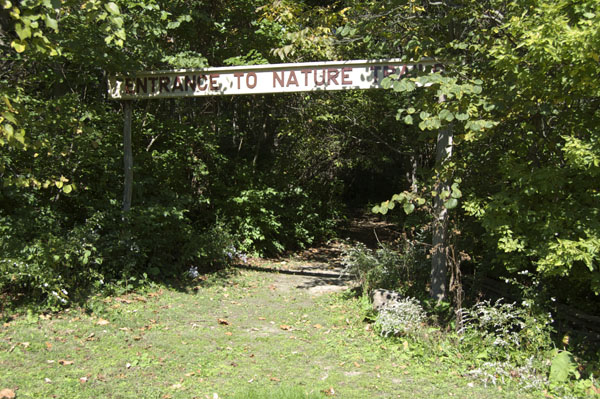
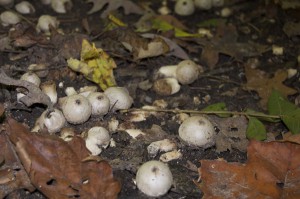
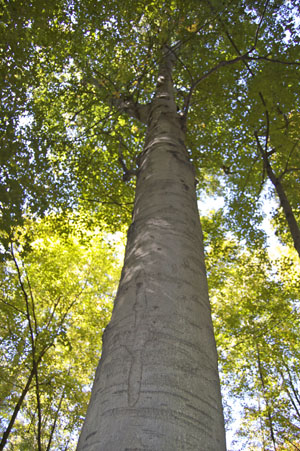
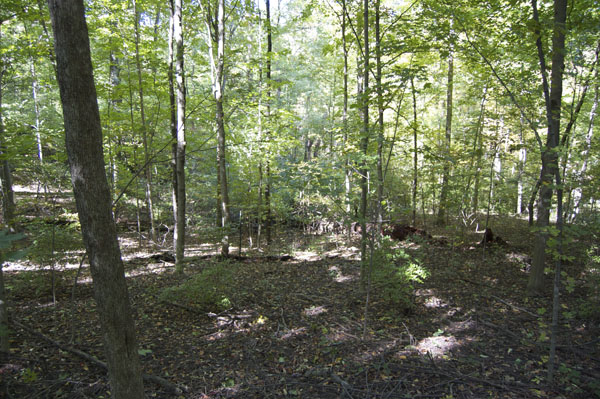
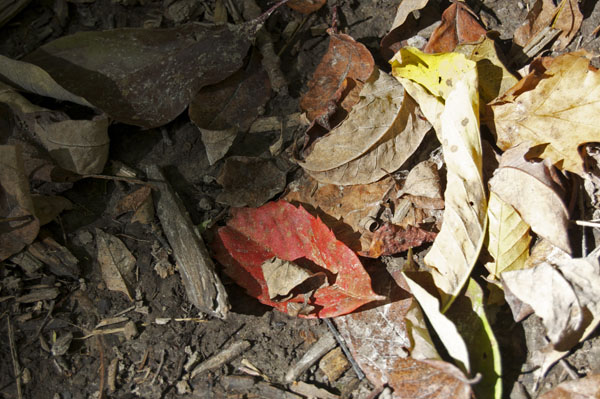
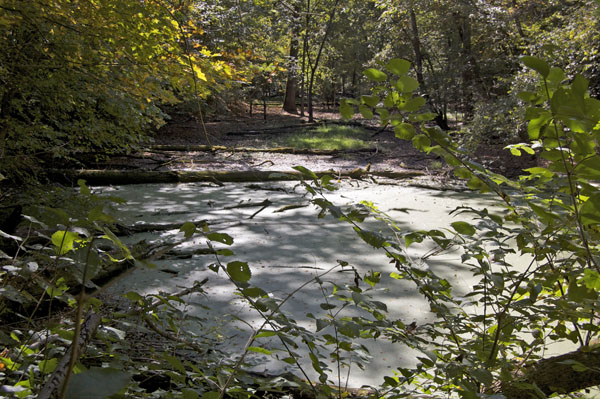
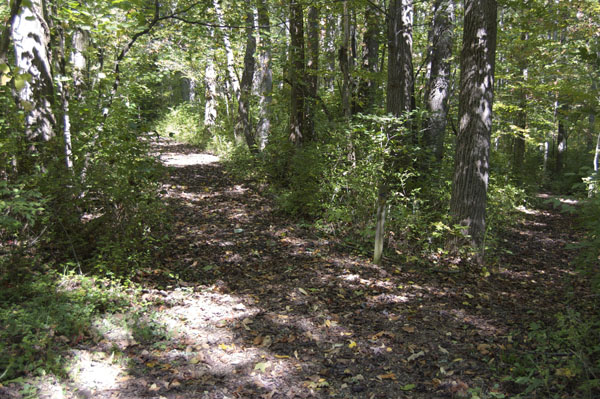
0 Comments